Do you know what this shrub is? No photo
dottie_in_charlotte
12 years ago
Related Stories

GARDENING GUIDES8 Deer-Resistant Elegant Evergreen Shrubs to Plant This Fall
Who knew that such beautiful shrubs could be deer-resistant?
Full Story
GARDENING GUIDESHow to Prune Your Flowering Shrubs for the Best Blooms
Less is often more when it comes to properly pruning flowering shrubs. Here’s what to do and why
Full Story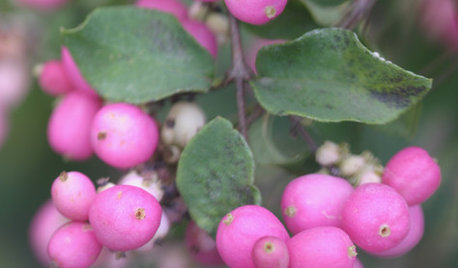
LANDSCAPE DESIGN5 Berry-licious Shrubs to Plant Now for Winter Interest
Showy color during snow season? You bet. These shrubs will wake up a garden with colorful berries when other plants are asleep
Full Story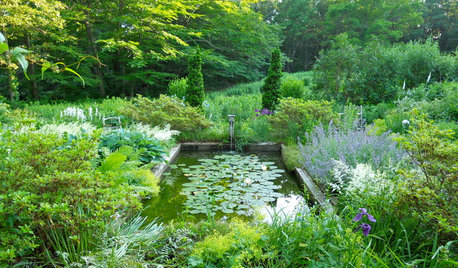
PLANTING IDEAS5 Reasons to Bring Shrubs Into the Flower Garden
Mix up the garden experience and let the flowers and shrubs play together
Full Story
FALL GARDENING9 Deer-Resistant Flowering Shrubs to Plant This Fall
These exquisite shrubs will attract your attention but won’t tempt the deer that roam your neighborhood at night
Full Story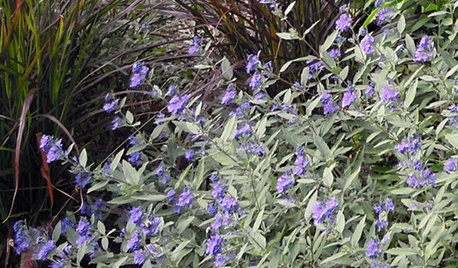
SHRUBS5 Glorious Late-Season Shrubs
Spilling over with berries or bursting with blooms, these stunning underused shrubs keep the garden party going through fall
Full Story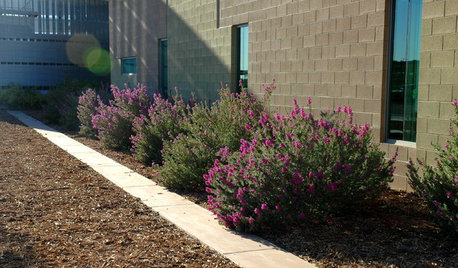
GARDENING GUIDESHow to Avoid Overcrowded, Overpruned Shrubs
Go for a more natural look that’s easier and less expensive to maintain by giving your plants the right amount of growing room
Full Story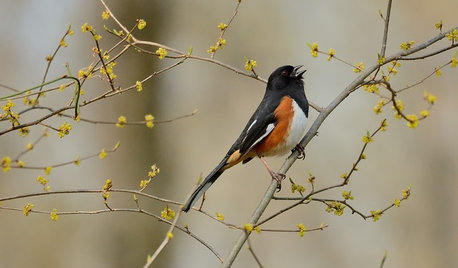
GARDENING GUIDES10 Standout Native Shrubs and Small Palms for Southern Gardens
These hardworking plants serve a variety of purposes, such as screening views and attracting native wildlife
Full Story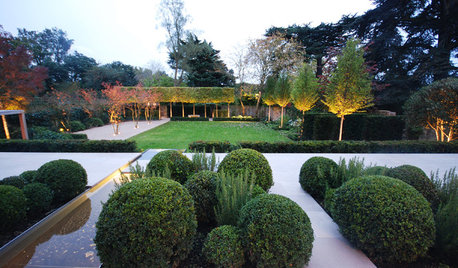
GARDENING GUIDES7 Ways to Rethink the Shrub
These versatile plants can do more than frame your home’s foundation or line an entry walk
Full Story
GARDENING GUIDES8 Native Shrubs for Year-Round Bird Feeding
It’s not just about berries. These plants provide insects for birds and seasonal interest for gardeners
Full Story





carol23_gw
jay_7bsc
Related Professionals
Arlington Landscape Architects & Landscape Designers · 70037 Landscape Architects & Landscape Designers · Beavercreek Landscape Architects & Landscape Designers · Lowell Landscape Architects & Landscape Designers · Sand Springs Landscape Architects & Landscape Designers · Winder Landscape Architects & Landscape Designers · Medford Landscape Contractors · Pelham Landscape Contractors · Kahului Landscape Contractors · Mason Landscape Contractors · Mission Landscape Contractors · Northport Landscape Contractors · Pleasant Prairie Landscape Contractors · Waldorf Landscape Contractors · Chicago Ridge Landscape Contractorsdottie_in_charlotteOriginal Author
User
jay_7bsc
User
Lynda Waldrep
dottie_in_charlotteOriginal Author
hosta200
Iris GW
linda_jo
dottie_in_charlotteOriginal Author
tamelask
Iris GW
jay_7bsc